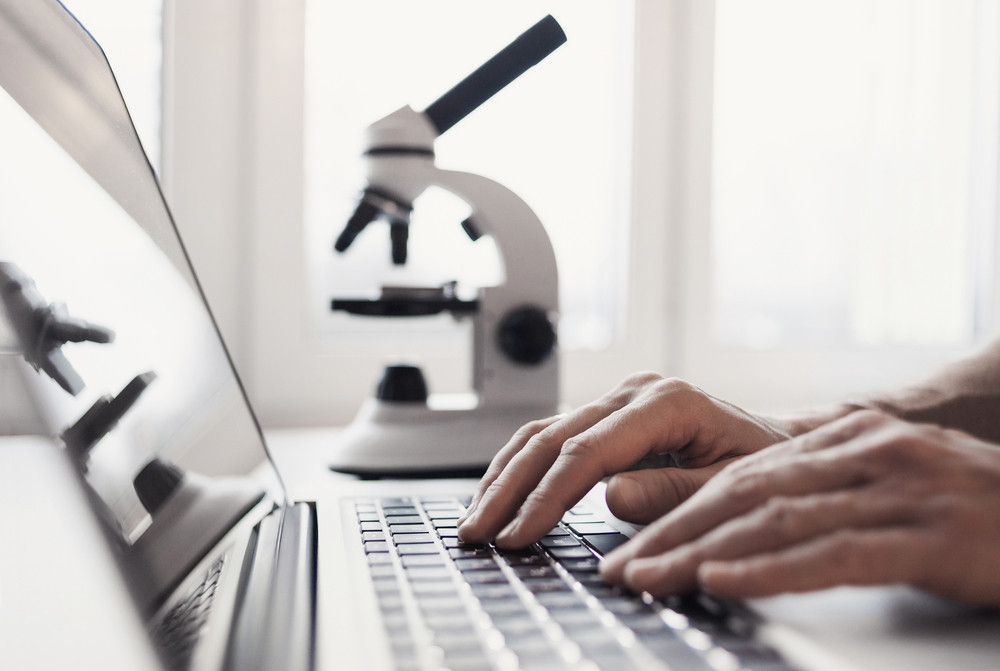Popular Reads
Top Results
Can't find what you're looking for?
View all search resultsPopular Reads
Top Results
Can't find what you're looking for?
View all search resultsMalang students engineer device that produces electricity using sewage
Brawijaya University students Hendra Surawijaya, Elfahra Casanza Amada and Rizhaf Setyo Hartono have created a device that can produce electricity using wastewater from slaughterhouses.
Change text size
Gift Premium Articles
to Anyone
T
hree students from Brawijaya University in Malang, East Java, have engineered a device that can produce electricity using wastewater from slaughterhouses.
The students, Hendra Surawijaya, Elfahra Casanza Amada and Rizhaf Setyo Hartono, called their invention the Slaughtering House Waste Water (SHOWER) device. They built it under the guidance of their lecturer Ani Setianingrum.
Hendra, the head of the team, expressed concerns over the current methods used to produce electricity.
"Electricity today mostly uses solar power, wind, heat and hydropower. However, these have some drawbacks, including negative environmental impacts, overheating, dependency on the weather and relatively high costs," Hendra said as quoted by tempo.co.
He and his two partners collaborated with the intention of finding an alternative power source. They began research into wastewater from slaughterhouses using funds given by the Research, Technology and Higher Education Ministry.
Hendra explained how SHOWER, which produces energy from wastewater bacteria, was inspired by the agar salt bridge, a laboratory device used in electrochemistry.
First the wastewater is placed in a container and mixed with effective microorganism 4 (EM4), which removes any foul smells from the sewage.
Read also: Brawijaya University students invent device to locate earthquake victims
Then mannitol salt agar and electrolyte salt are added to the mixture. The bacteria in the sewage will then oxidize the substrates, producing electrons and protons in the anode. The electrons are then transferred to the anode through an external circuit, while the protons are diffused through a separator membrane of mannitol salt, so they move to the cathode. The difference in electric potential between the electrons and protons produces an electrical current.
At the moment, the research prototype generates 0.1 watts of electricity per cell, hence a 10-watt lightbulb would require 100 cells to turn on. "Maybe if you use a voltage booster the number of cells could be less than that," Hendra said.
He further explained how he believed the device had the potential to reduce pollution created by electricity production, as well as help Indonesia achieve the United Nations’ Sustainable Development Goals.
"The electricity produced from wastewater can address the challenge of zero waste and reduce pollution to the environment. Besides that, this provides a new source of renewable energy that's ecofriendly, efficient, cheap and simple to use," he added. (ayr/kes)







